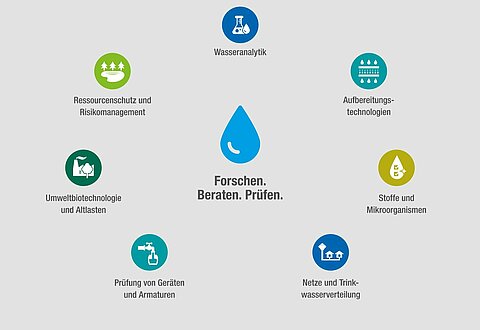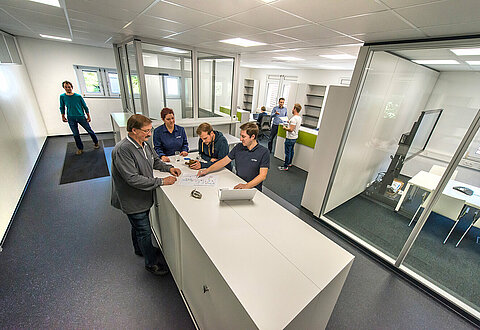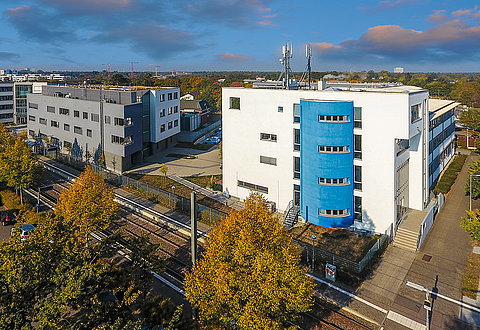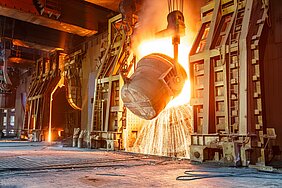The aim of the project is to develop an at-line measurement method for analysing the total zinc content in process waters from steel production and galvanic surface treatment (galvanizing). The research work is intended to create the conditions for safe compliance with the wastewater discharge limits for total zinc.
The process waters occurring in steel production and surface treatment (galvanizing) may be contaminated with elevated levels of zinc. There is also discussion of significantly lowering the discharge limits currently applicable to surface treatment from 2 mg/L to 1 mg/L to 0.1 mg/L, which requires immediate action in process control and wastewater treatment. Challenges in the batch processes of steel production are the zinc levels, which change rapidly within a few minutes, and the large volumes of water to be treated.
In the ZinkAtline project, an adapted analytical method for the rapid and robust quantification of total zinc is being developed, as commercial systems do not achieve the requirements. Following the development of methods for reproducible sampling of particle-bound waters, advanced sample preparation techniques for transferring the particle-bound zinc into the aqueous phase by acid digestion will be explored and coupled with automated photometric detection. In addition to the analytical work, the project partner BFI is developing a concept for improved zinc separation based on process control and digital mapping of the process water flows, which contains the combination of sensor data with experience-based models for the zinc input. On this foundation, measures for partial stream treatment may be derived. In this way, limit value exceedances are avoided by a targeted economic separation of the zinc load peaks.
The main users of the research results are, among others, small and medium enterprises (SMEs) in steel production and metal processing as well as contract electroplating companies that have to treat process waters containing zinc. The results can be used directly by SME instrument manufacturers. SME service providers and SME-dominated plant engineering in the field of process water treatment benefit in terms of planning, manufacturing, delivery and assembly of the concept including peripherals for process water circuits.


![[Translate to English:] Prüfstelle-Produktprüfung_Teststand Test centre and product testing](/fileadmin/_processed_/0/9/csm_TZW-Karlsruhe_Pruefung_Geraete-Teststand_444204ae51.jpg)
























